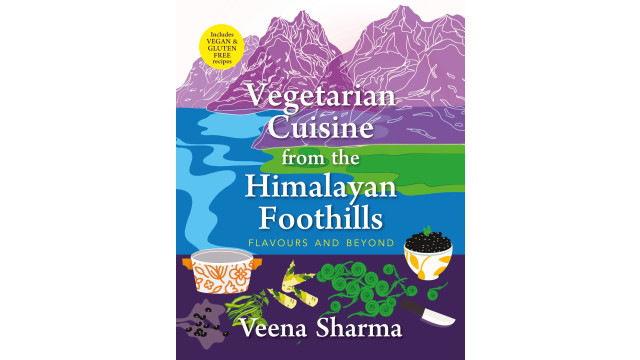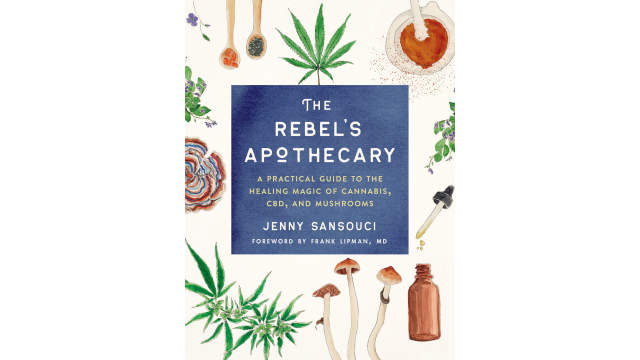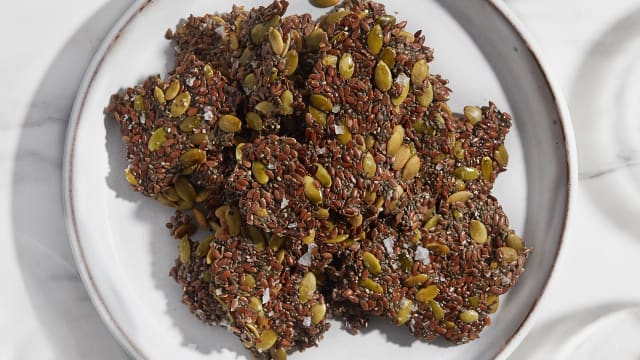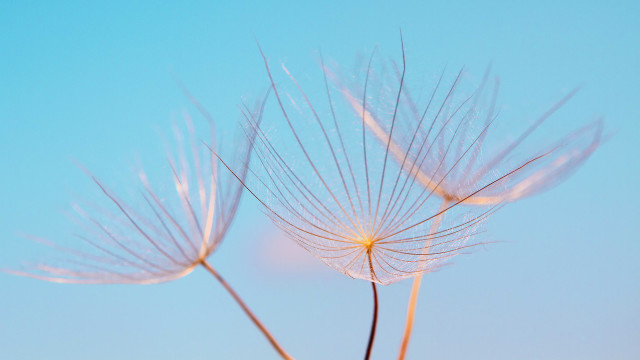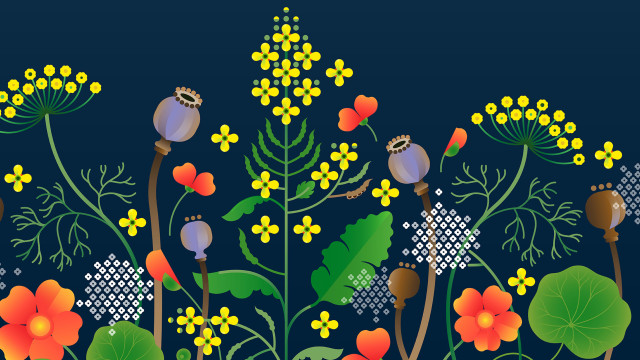Healthy Hemp

When I first confessed to friends at university that I loved bhang chutney, they reacted the way frisky teenagers do at the mention of anything contraband: with curiosity and excitement. The modern world has a very delicate relationship with the cannabis plant, and professing that I grew up in a culture that uses hemp liberally as an ingredient in its cuisine piqued the interest of my friends. With a better understanding of my own roots in Uttarakhand, what initially felt like a guilty secret spurred me on a journey of decoding Indian highland culture through that most powerful of human senses — taste.
Cannabis grows in abundance in the Kumaon region, in the eastern foothills of the Himalayas where I grew up. The plant also plays a starring role in the local cuisine and is believed to have beneficial qualities, many of which have been subsumed by the questionable image it has accrued over time in urban India.
India’s relationship with cannabis is centuries old, with references in the Vedas and in mythological stories. Over the years, while living in various Himalayan regions, I have observed city slickers and young holidaymakers looking for a “highland high.” They seek out recreational marijuana, which includes bhang, an intoxicating paste of cannabis leaves and stems that is used in drinks, paan, sweets, and other preparations — but typically overlook the non-intoxicating bhang we use in our day-to-day cooking.
A Himalayan Superfood
With varying amounts of tetrahydrocannabinol (THC), what we loosely call marijuana (which causes a high) and hemp (which is largely used for fiber and other applications) refer to various cultivars of the same species, Cannabis sativa. Hemp seeds, or bhang beej, are used liberally in India’s mountain cuisine, but are harvested from cannabis cultivars that contain negligible THC, so do not cause intoxication. Rather, bhang beej are considered a superfood with immense nutritional value, and are an integral part of the kitchens of Kumaon.
Like most adolescents, however, I was never a fan of home food; it took me years of being away from its flavors in distant cities like Bangalore and Mumbai to know how much I would hanker for them some day. I paid little attention to the tiny mounds of hemp seeds drying in the sun, or my grandmother’s requests to not knock them over while playing — or to use pantry staples like hemp salt sparingly. Only years later did those seeds in a jar that jostled for space on the kitchen counter alongside turmeric and cumin demand my attention for their unique taste. Though I had always felt that taste was incidental to our cooking, I eventually realized our cuisine was more of an acquired taste.
Culinary Wisdom of Hemp
As part of my quest to go deeper into the sport of mountaineering, I returned to higher altitudes after a decade-long hiatus and began to interact more closely with the people in the higher Himalayas of east Kumaon. I began to see their cuisine, traditional habits, and the role of food in their cultures in a new light.
When I stopped to catch my breath on hikes through mountain villages, I would spot grannies, their skin wrinkled and gleaming like raisins, drying cannabis leaves and seeds in the mountain sun, and segregating the two for various types of consumption. After setting aside batches for their pantry and cooking, they would crumble the dried leaves between their palms into a coarse powder. The friendly ones would sometimes beckon me with twinkling eyes to join them at the hookah from which they smoked the fresh produce while lounging on their charpoys.
Today many commercial outfits sell organic hemp products: various oils, salts, powders, and extracts. For me, it was the observation of a mountain villagers’ healthy relationship to their food, their generous habit of sharing nourishment with strangers, and their fortitude that made me realize bhang could be a beautiful thing — integral to life in the mountains, and the identity of the people who live there.
Key Takeaways
- Hemp seeds support heart health.
- Hemp hearts are complete plant proteins.
- Fiber in hemp aids digestion.

